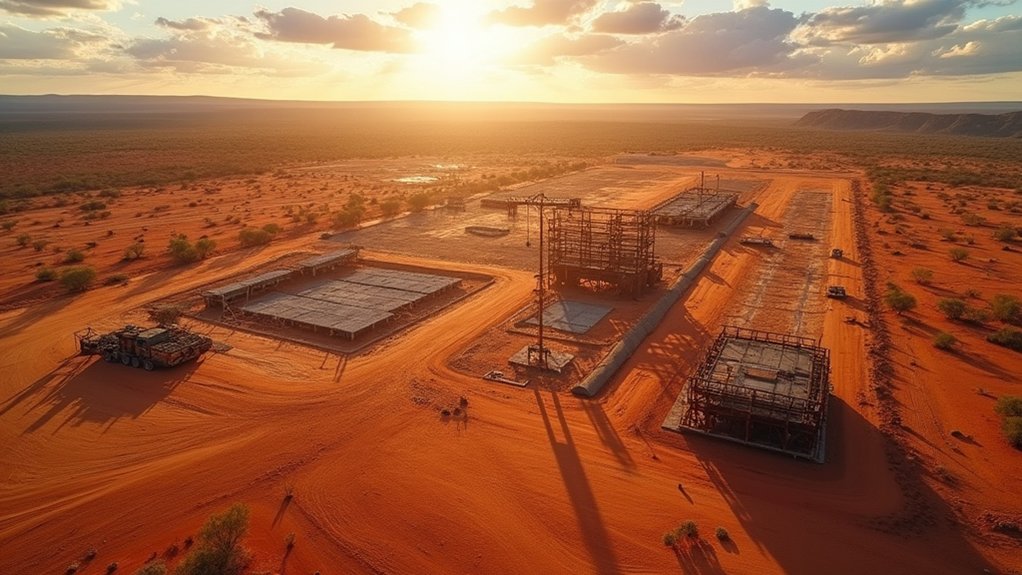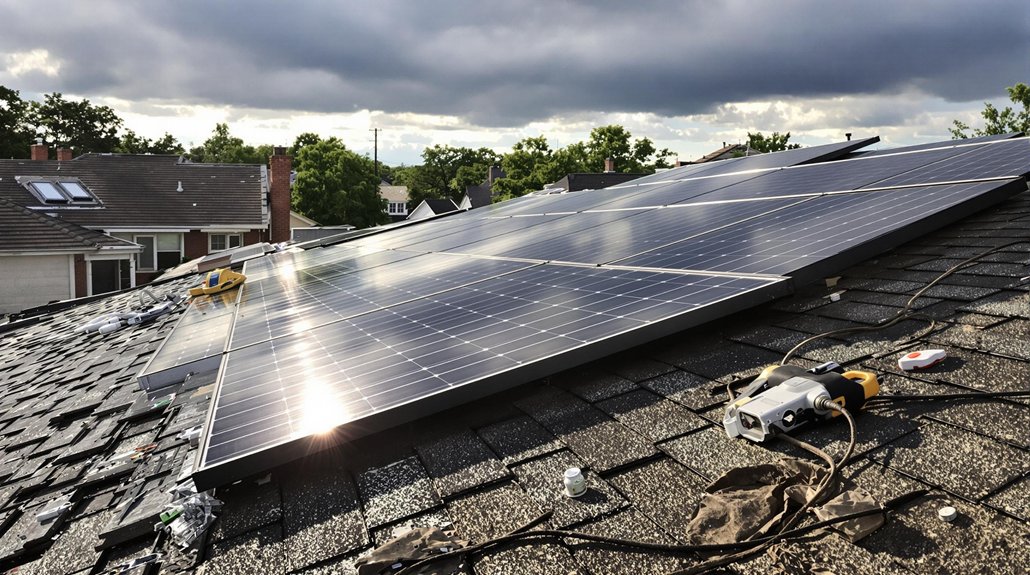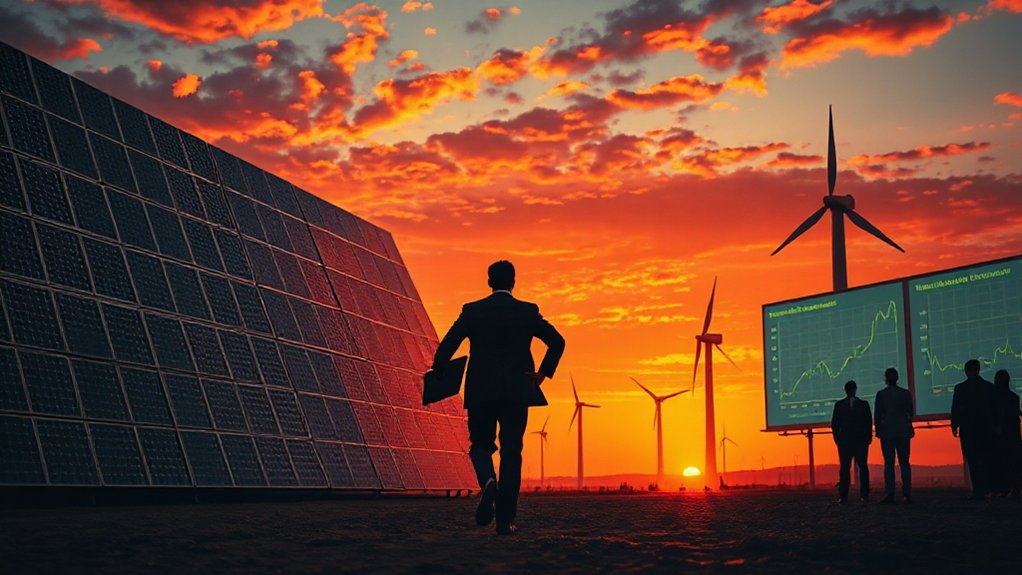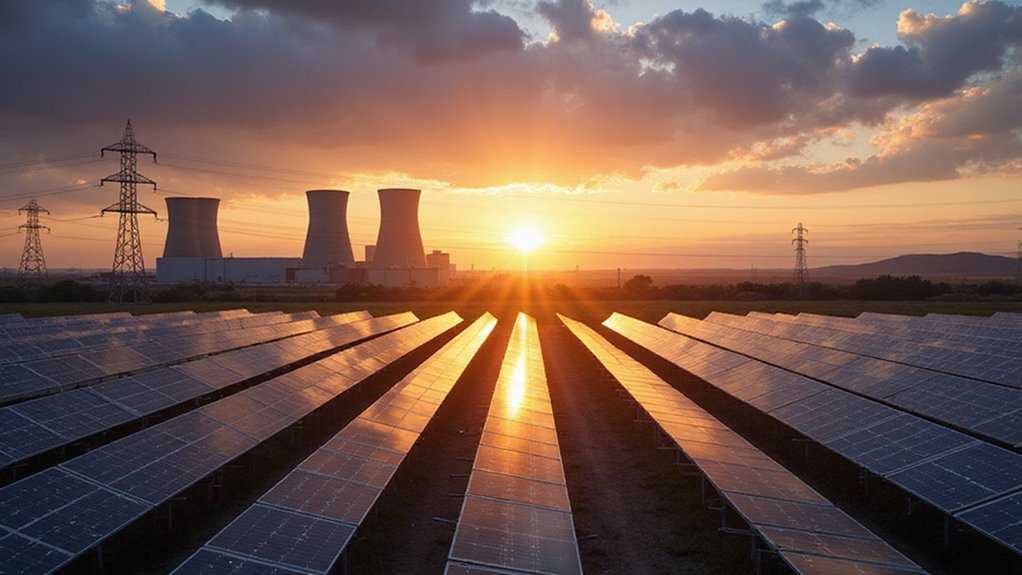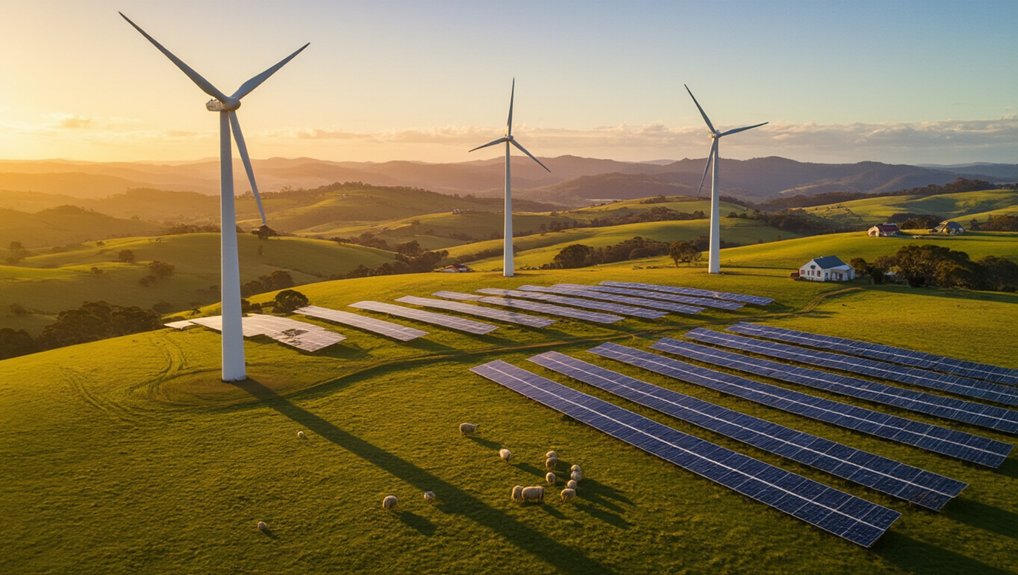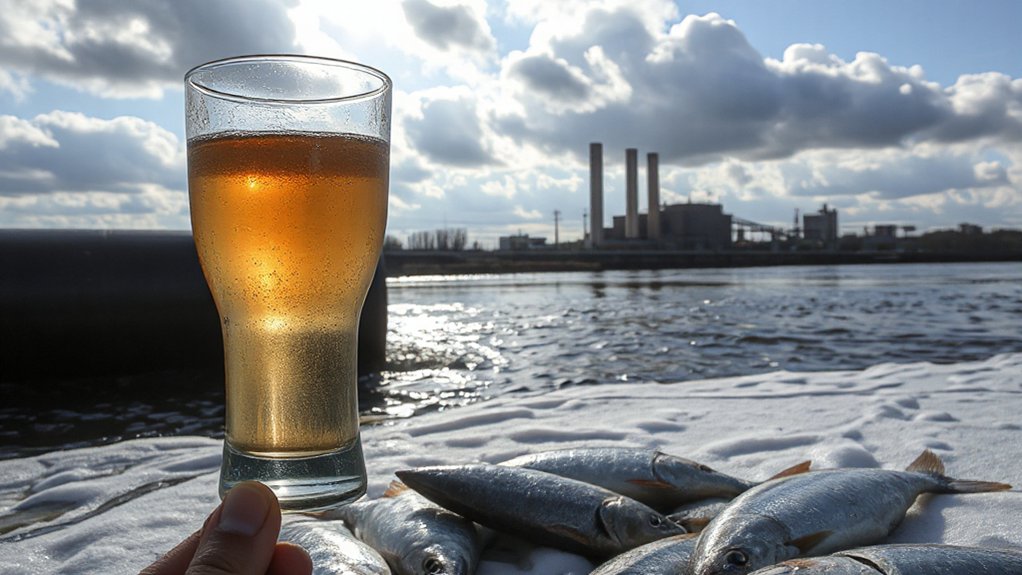Despite once leading the world in solar adoption, Australia’s ambitious renewable energy vision is falling apart. The collapse of the 40-dish Solar Megaproject in August 2014 marks a turning point in the nation’s clean energy journey. Project leaders officially abandoned the initiative, pointing to policy instability as the main reason.
The project’s failure came after the federal government began reviewing and threatening cuts to the Renewable Energy Target (RET). This political shift caused major funding losses, including A$75 million from ARENA and A$35 million from Victoria’s state government. Investors quickly lost confidence as signals pointed to the possible dismantling of national targets.
Political instability decimated investor confidence as government reviews threatened the very foundations of Australia’s renewable energy framework.
Economic challenges also played a key role in the project’s demise. High implementation costs combined with low wholesale electricity prices made the financial outlook grim. The discovery of a costly 15-kilometer tunnel added more budget pressure, pushing the project beyond viability. The Silex Systems’ Dense Array technology had achieved remarkable solar conversion efficiency of 43%, nearly doubling standard silicon panels before the project was cancelled.
The 40-dish Megaproject isn’t the only casualty. The CQ-H2 hydrogen export project collapsed, wasting over $12 billion in planned investment and thousands of potential jobs. Queensland’s 450MW Moonlight Range wind farm was also cancelled following new regulations and local opposition. The majority of public submissions favored the rejection of the project.
These cancellations are happening despite Australia’s impressive 4.09 million solar PV installations with a total capacity of 40.6 GW. The country has shown it can adopt residential solar at scale, but larger, more advanced projects face bigger hurdles. The lost opportunity is particularly significant as renewable energy sources could achieve over 90% of necessary carbon reductions in the power sector.
The impact on Australia’s energy mix is concerning. Queensland still relies on black coal for 64.2% of its energy needs in 2024. Grid reforms continue, but delays in renewable projects risk extending fossil fuel dependence.
The pattern of project cancellations has undermined long-term industry planning and momentum. As political priorities shift toward pro-coal policies and tighter regulations, Australia’s once-bright solar future grows increasingly uncertain, threatening its position as a renewable energy leader.
References
- https://www.argusmedia.com/ja/news-and-insights/latest-market-news/2692274-australia-s-queensland-cancels-planned-450mw-wind-farm
- https://www.eldiario24.com/en/australia-abandons-its-40-dish-solar/20744/
- https://reneweconomy.com.au/project-cancellation-exposes-fatal-flaws-in-australias-hydrogen-export-strategy/
- https://www.pv-tech.org/australia-approves-797mw-renewable-capacity-july/
- https://en.wikipedia.org/wiki/Solar_power_in_Australia
